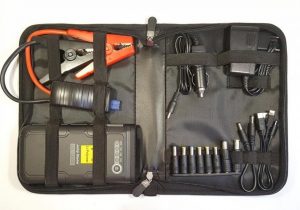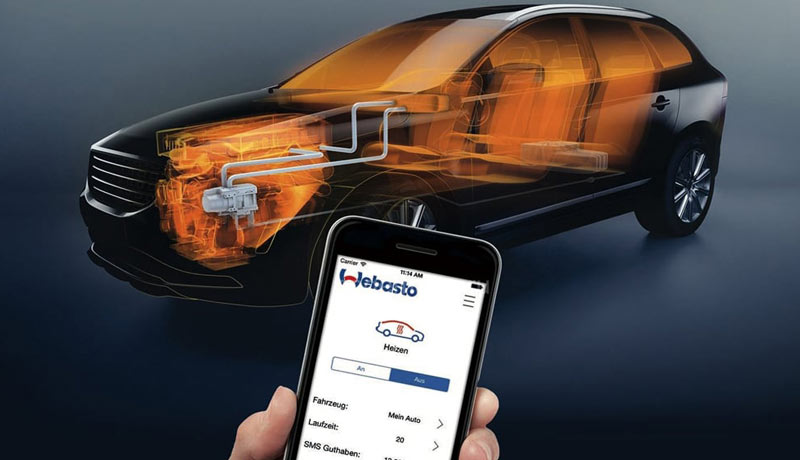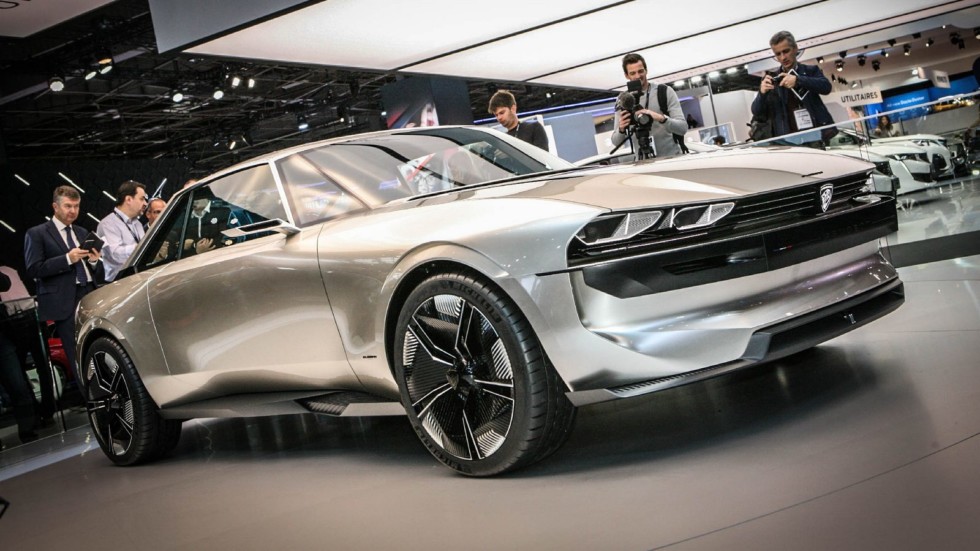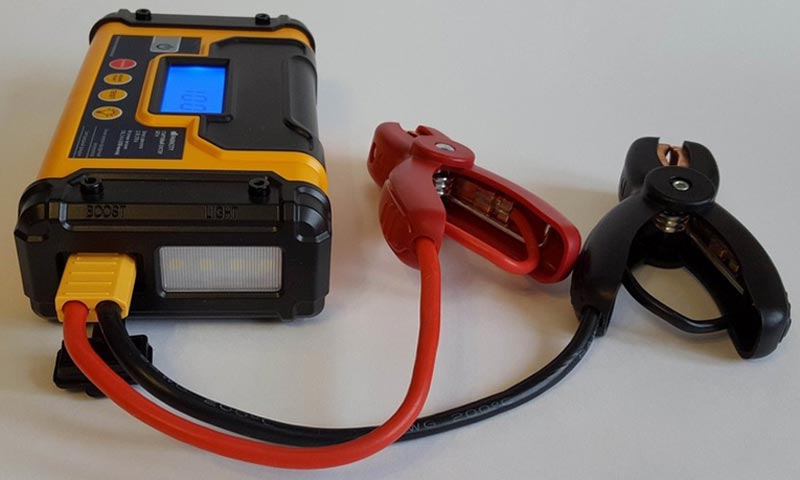Launchers: use boosters correctly!
 How does the portable starter work?
How does the portable starter work?
In principle, the filling of a portable starter, commonly referred to as “jump starter”, “booster” or “launcher”, is not too different from the filling of the power bank, which today, in the era of fast-discharging smartphones, is in the pocket of every second person.
Chinese factory “SHIHE” Shanghai. Direct delivery of emulsifiers homogenizers!
The main difference between the “launchers” and telephone power banks is the extremely high current output of the battery, which allows for a short time to issue a current of several hundred amperes in peak, as well as the presence of protection against polarity reversal and short circuit. These devices are manufactured today by a variety of brands and have proven themselves well in the automotive environment, really helping out in situations when the battery has sat down and you need to go urgently.
For a comprehensive story about “jump starters” as a class of devices, we took two lithium-polymer models (Li-Po) from the brand BERKUT known for its compressors – the more compact JSL-12000 and the more powerful JSL-20000:
Starter consumption current
First, some informative information – for a large category of car owners who still doubt the possibility of gadgets the size of a couple of packs of cigarettes to turn a car engine instead of the usual battery weighing 15-17 kilograms. “As a pocket” pusher “will produce a current of 300-400 amps, which are consumed by the starter ?!” – they are outraged, suspecting slyness. But in fact, everything is quite simple and easy to explain.
First, let’s start with those notorious “hundreds of amps” of the average starter. At such a magnitude, the current jumps with an extremely short pulse, only when the starter rotor is moving from the spot. Immediately after the rotation began, and the gear of the Bendix gave movement to the crankshaft, the average starter consumption current of an average passenger car drops to values several times smaller than the starting one. Usually, a serviceable modern engine starts up seconds and a half, or even faster – after clicking the retractor relay, the battery gives 250-300 amps to no more than 0.1-0.2 seconds, after which this current drops by half, and at the beginning of a stable rotation of the starter armature – up to 60-70 amps.
Not everyone today remembers the switch of mass called “VK-318” – and in fact this popular device stood in Soviet times under the hood in every other car. And, note, that switch was designed for only 50 amps! How did 200-300 amperes of starting current go through it? Yes, it is very easy – precisely because the real high-current pulse is extremely short and does not have time to overheat even the contacts of a 50-amp switch. If we present the process of starting the motor as a current-time dependence, in a very simplified form we get a similar graph:
Secondly, the standard lead-acid car battery weighs under two dozen kilos not with the goal of giving all the resources of its mass to the starter! After starting the motor in the battery remains, simply put, 95% of its energy. Therefore, from any car, you can take out its regular battery, put a battery of 2-3 times smaller capacity in its place, and the engine will most likely start without any special difficulties. Excess capacity is needed for the trouble-free operation of the electrical system of a car with frequent starts and “negative” electricity balance, which occurs in cold weather and during constant short trips typical of the city. If all these nuances are removed, then for a “spherical-vacuum” start-up of almost any motor there would be enough batteries the size of two fists. And in confirmation of this possibility, the “jump starter” very clearly shows the load fork. Take the “launcher” BERKUT JSL-12000 and connect to the plug, the coil of which has a resistance of 0.05 ohm:
At a voltage of 12 volts, the discharge current will be 12 / 0.05 = 240 amperes. A voltmeter connected in parallel to the load shows a voltage drop from 12 volts to 11, which is the norm for starting the motor from a traditional lead battery!
There are a lot of examples of “booster” checks on real engines on the Internet, but in most of them the “starter” is an auxiliary one, since a portion of the current still provides a run down battery. In this situation, it is difficult to assess the real effectiveness of a portable gadget – especially doubtful … Therefore, best of all, the ability of a pocket launcher demonstrates the complete absence of a battery – if you connect the device not in parallel with the standard battery, but instead of it. The experiment as a whole is not dangerous, but still not too correct, so you shouldn’t do it for fun – especially since we have already done everything for you!
We remove the negative terminal from the battery and connect the negative terminal of the “starter” to it. The cold engine starts up confidently over and over again. BERKUT JSL-12000 with a battery capacity of 12 A / h made 17 starts in a row, BERKUT JSL-20000 with a battery of 20 A / h – 26 starts. Given that, in fact, the start usually need only one!





